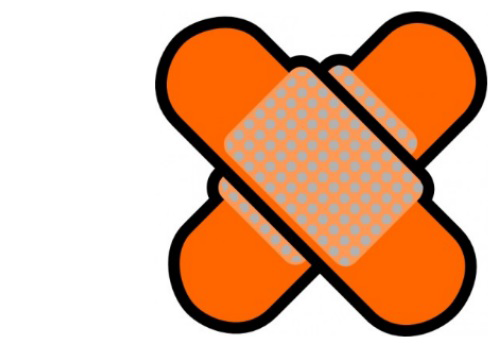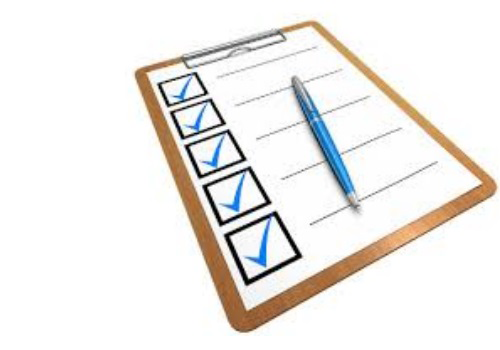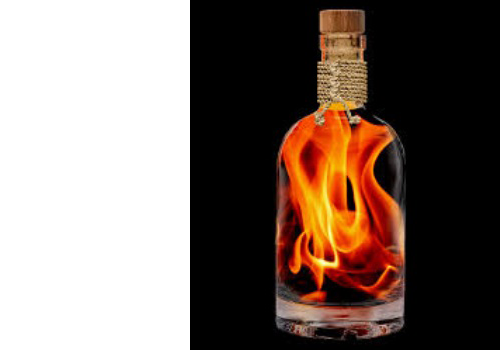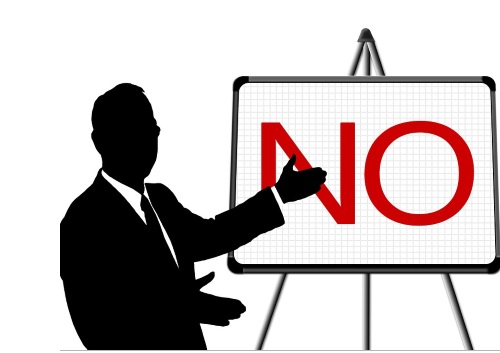Tech Articles
10 Ways You Can Optimize Your Air Compression And Save Money

|
There are 168 hours in a week, but most compressed air systems only run at or near full capacity between 60-100 hours. Depending on your shift pattern, turning your compressors off during the evenings and weekends could reduce your energy bills up to 20 percent. |
A quarter-inch air leak at 100 psi will cost you more than $2,500 a year. Pipe systems older than five years can have leaks of up to 25 percent. Because it takes energy to generate compressed air and any air that leaks is money wasted. Approximately 80 percent of air leaks are not audible, so to minimize these problems. Requesting a third-party help in detecting these leaks may be a necessity. |

|
|
|
Be proactive and look inside your piping system. A clean, dry pipe indicates good quality air and no corrosion issues. Dust in the pipe is caused by particles in the compressed air. If compressed air is not filtered, or if the filter is clogged, pressure drops will occur and the risk of end product contamination will increase. Sludge in the pipe is bad news and must be fixed immediately. Dust and sludge in a compressed air piping system will cause corrosion very quickly and will greatly increase the number of leaks. Dry and filtered compressed air keeps piping clean. |
|
|
Each two psig reduction cuts energy consumption one percent. Check the system pressure and resist the urge to turn up the pressure to compensate for leaks or drops in pressure due to piping problems or clogged filters. A central supply side controller can greatly reduce the operational pressure band and orchestrate air production much more efficiently and effectively. |

|
|
|
Condensate drains on timers should be adjusted periodically to ensure they open as intended or aren’t stuck open. Better yet, replace timer drains with zero-loss drains to stop wasting compressed air |
|
|
A piping system design should optimize transfer of compressed air at the desired flow and pressure to the point of use. Increasing the size of a pipe from two to three inches can reduce pressure drop up to 50 percent. Shortening the distance air has to travel can further reduce pressure drops by about 20-40 percent. The more flow through a pipe the greater the pressure drop will be. Pressure drop in a pipe increases with the square of the increase in flow, which means if the flow is doubled; the pressure drop will increase four times. Air distribution piping should be large enough in diameter to minimize pressure drop. |

|
|
|

|
Inspect and replace filters systematically to ensure the quality of your air and prevent pressure drops. Go beyond the air compressor and compressor room. There are several air-line and point-of-use filters within the facility. Those are just as important to maintain as the air compressor and utility room filters. |
|
|
It is simple physics that compressing air gives off heat, and as much as 90 percent of that heat can be recovered for use in your operation. For example, you can produce hot water for washrooms or direct warm air into a workspace, warehouse, loading dock, or entryway. The savings can really add up. |

|

|
A compressor runs more efficiently when properly maintained. Proper compressor maintenance cuts energy costs around one percent and helps prevent breakdowns that result in downtime and lost production. Protect your reputation and profits with proper maintenance. |
Inappropriate uses of compressed air include any application that can be done more effectively or more efficiently by a method other than compressed air. For example, high pressure air often is used for cooling or applications where much lower air pressure is required. |

|






